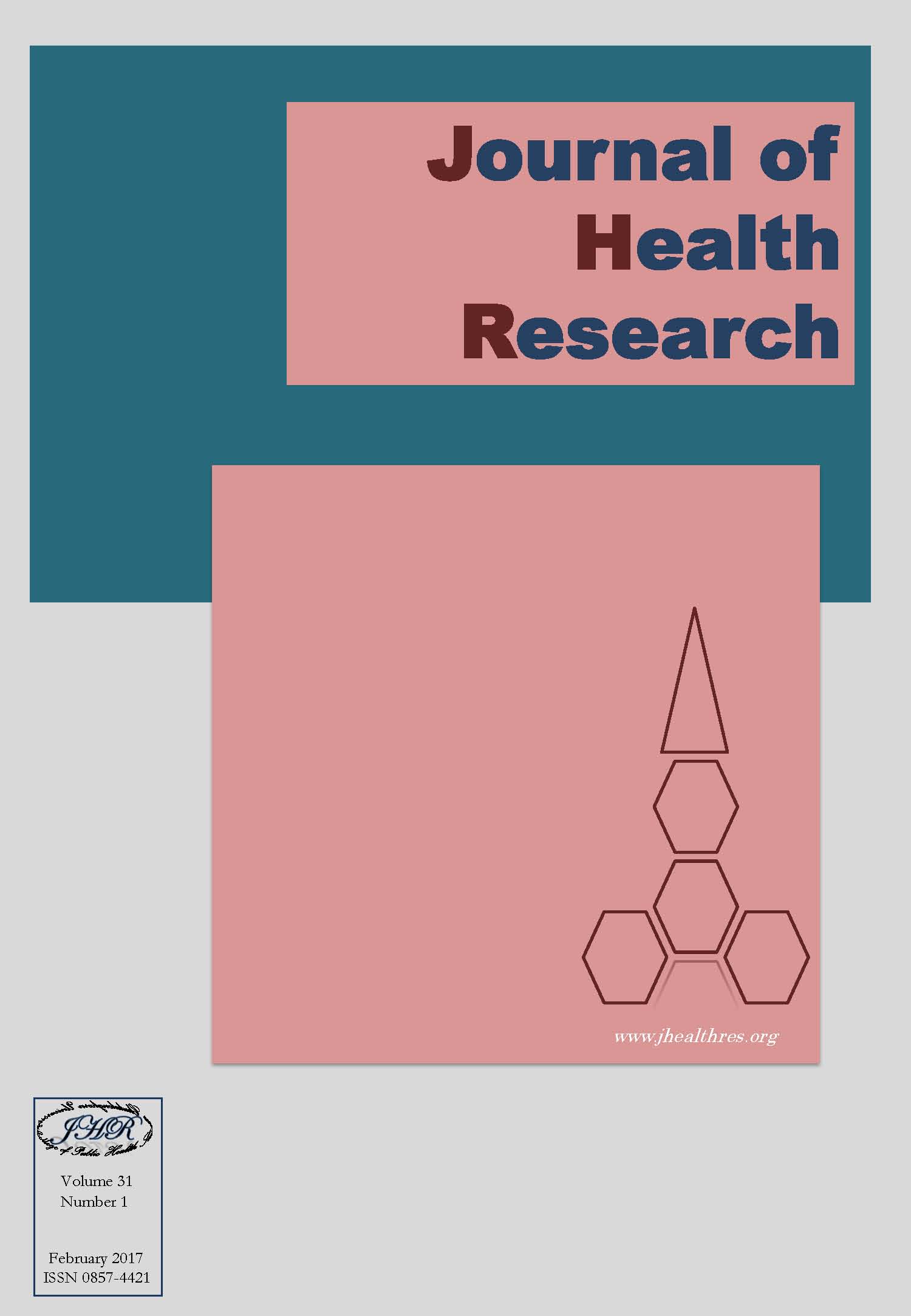DNA-Based Identification of Gastrointestinal Irritant Mushrooms in the Genus Chlorophyllum: a Food Poisoning Case in Thailand
Keywords:
Amatoxins, Chlorophyllum, Gastrointestinal irritant, Internal transcribed spacer, Large subunit ribosomal DNAAbstract
Background:Food poisoning caused by mushrooms in local Thai populations has increased annually. Gastrointestinal irritant (GI) mushrooms are the most common cause of food poisoning. In general, poisonous mushrooms are routinely identified based on morphological characteristics; however, standard methods for morphological identification do not always yield satisfactory results. Therefore, the objective of this study was to use the nuclear internal transcribed spacer (ITS) regions and the nuclear large subunit (nuLSU) ribosomal DNA sequences as a species marker for GI mushrooms as well as to identify toxins using a reversed phase LC-MS method.Methods: Mushroom samples obtained from clinically reported cases during 2014 to 2015 were used in this study. The maximum likelihood and maximum parsimony methods were employed for estimating the phylogenetic trees. Mushroom toxins were identified by liquid chromatography-mass spectrometry.
Results: Based on the Barcode of Life Database (BOLD) revealed the highest identity for all samples tested with scores ranging from 98.06% to 99.86%, while BLAST search yielded 99% to 100% of poisonous mushroom samples to Chlorophyllum molybdites and C. globosum. Clade characterization was performed by maximum likelihood and maximum parsimony. The combined analyses of ITS and nuLSU revealed a better resolution of the phylogenetic tree with two important clades. Clade I contains member of C. molybdites, while all C. globosum samples belongs to clade II. Detection of the peptide toxins revealed the presence of amatoxins in C. globosum. Alpha-amanitin and beta-amanitin were detected in C. globosum sample with the amount of toxins indicated as 0.0059 and 0.0013 mg per gram of mushrooms dry weight, respectively.
Conclusion: DNA-based identification confirmed that the mushrooms ingested by patients were C. molybdites and C. globosum. Both of these poisonous mushroom species provided new and informative data for future clinical studies in Thailand.







